Persian Shoes
From ancient times to the present day, Persian Shoes and Handmade Boots has been one of the basic necessities of human beings, which is considered a part of clothing and is a protection against cold and heat.
In order to protect and cover their feet, humans first prepare footwear from animal skins for themselves and according to the geographical environment and climatic conditions, its type, design and shape have changed over the years and have reached their suitable product. In the mountainous areas, the people of that land wore high-heeled shoes(Handmade Boots) that covered the ankles, and in warm and desert lands, they wore sandals and tied shoes.
By producing cotton, silk and wool yarns, humans have started weaving shoes called Giveh, Kurdish klash, etc. The production of quilts in many roles and variations in each region has caused the need to meet a very suitable, light and efficient footwear that has been one of the basic needs of human beings.
Some Giveh (Handmade Boots) are used to this day and still remain intact, and others have undergone changes and by combining industrial artifacts, Givehs suitable for today’s needs have been produced and have become a modern style with the creativity of weavers. You see in the market. Givehs are very diverse and this diversity is influenced by environmental conditions and the type of application.
The cluster’s characteristics of these Giveh Shoes (Persian Handmade Shoes) are symmetry. Which means that it is not left and right for it. The walk with the cluster is proportional to the shape and morphology of the legs, its chest and the chest pose, and the heel. This form causes the Elimination of fatigue and lack of tired legs when walking.
Leather, fabric and rubber are used for the sole or sole of this shoe. If a fabric is chosen for the sole, the fabric must be cotton. In fact, from the fabric, a board is made for the outsole, and the older the fabric, the better the outsole.

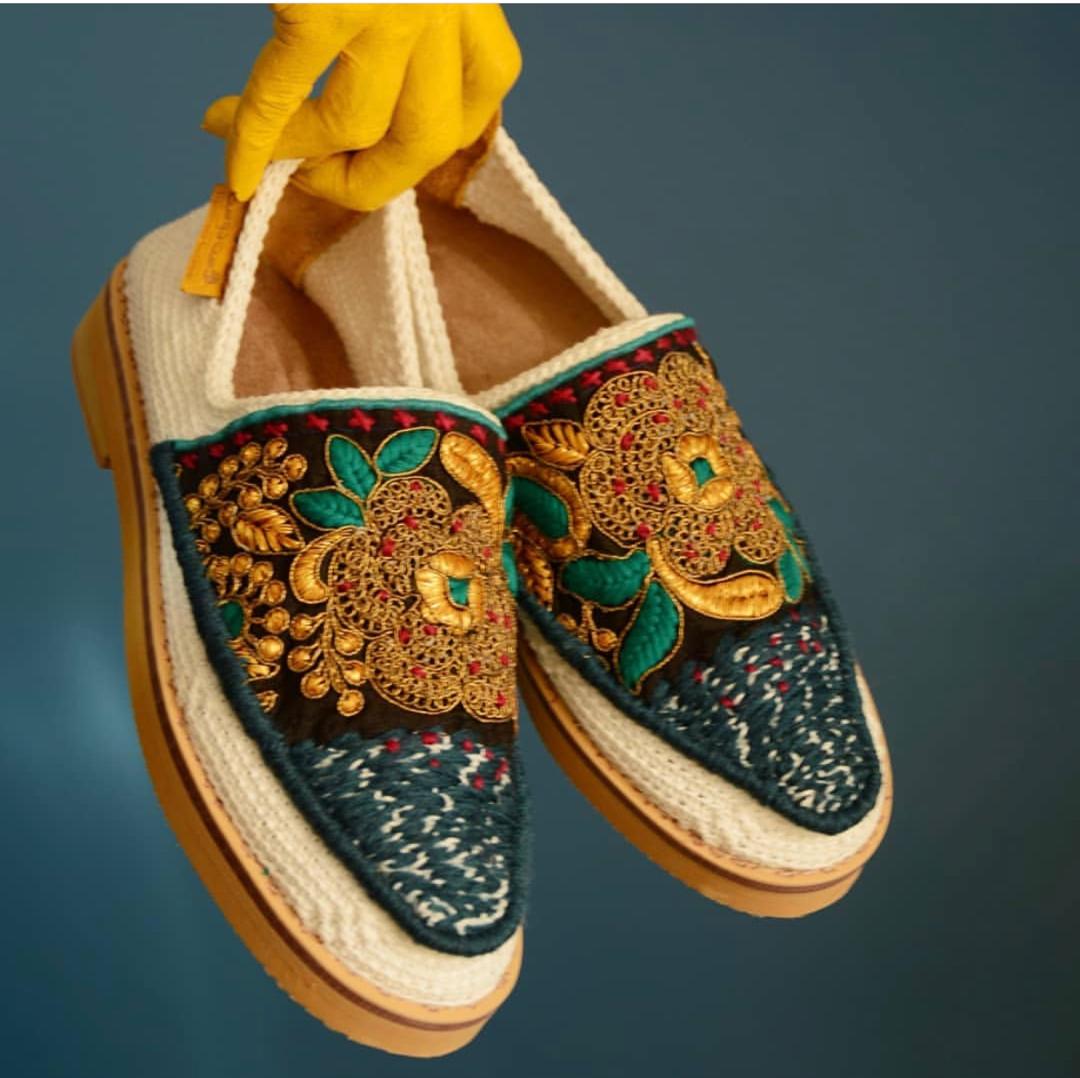
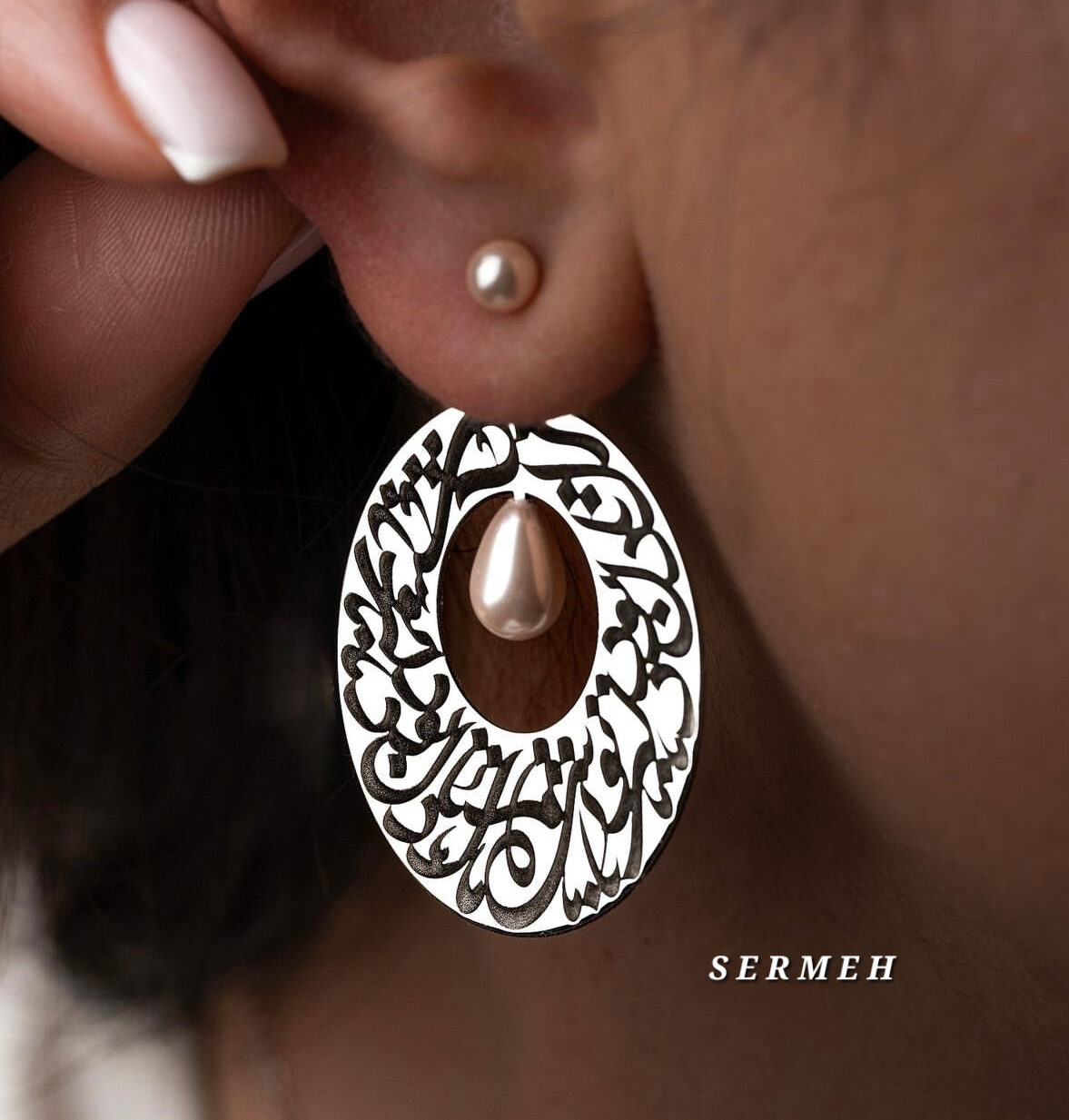

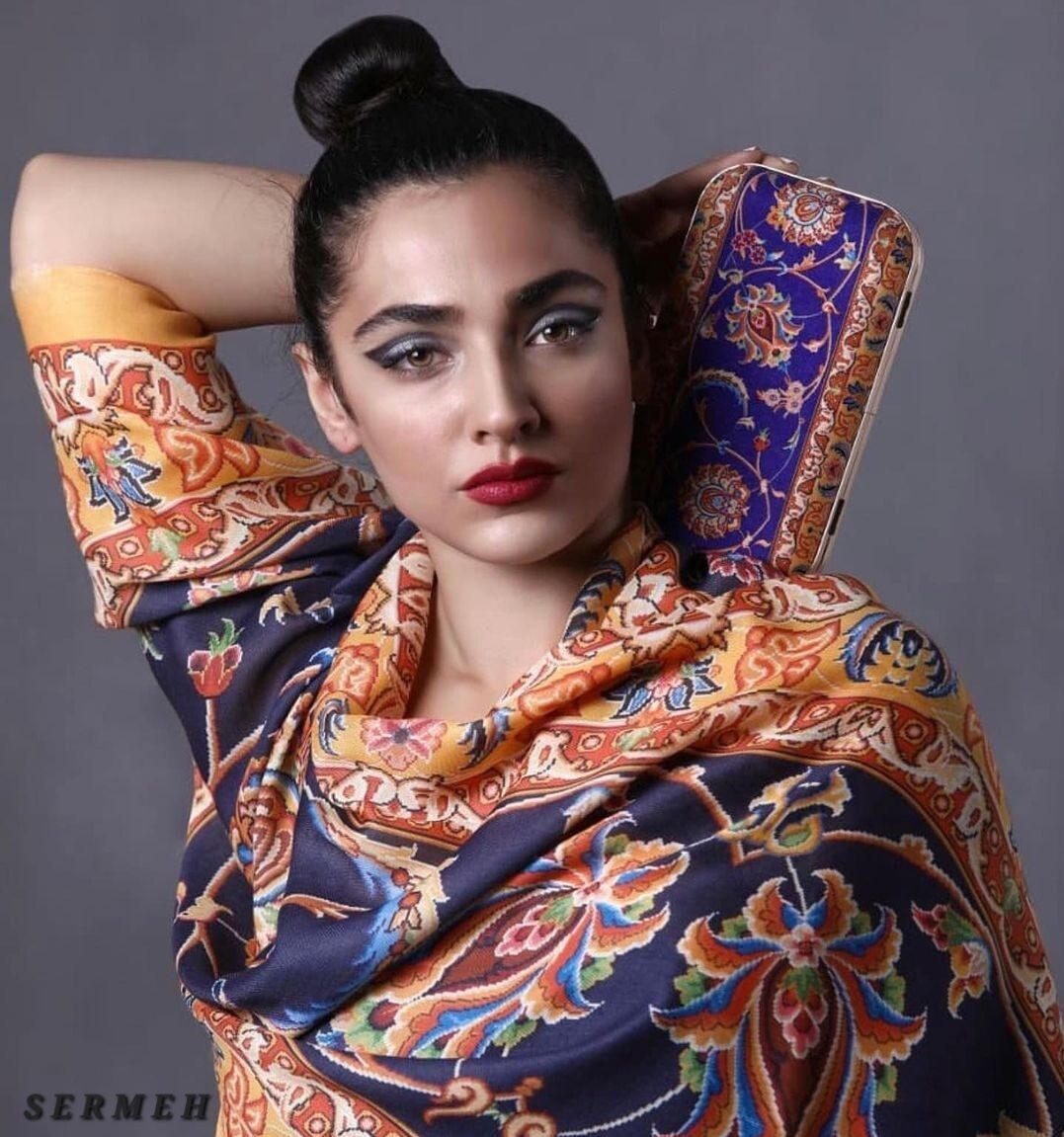
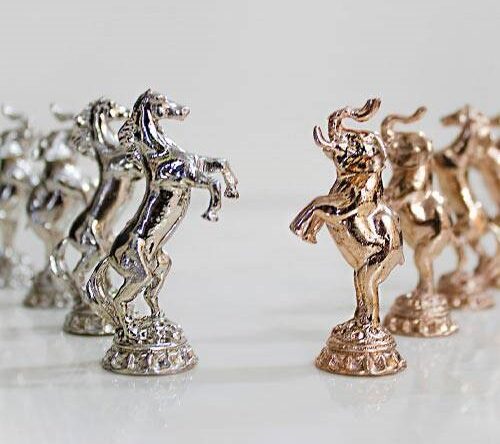
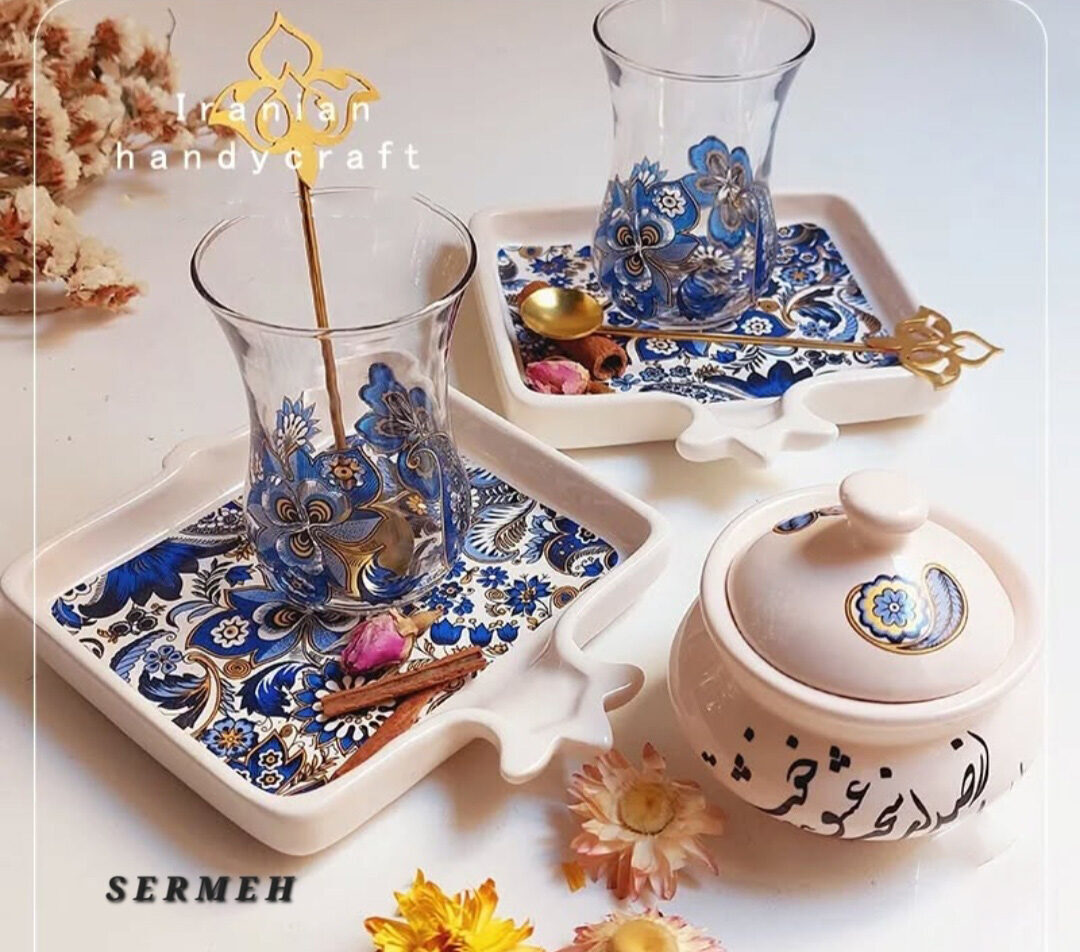
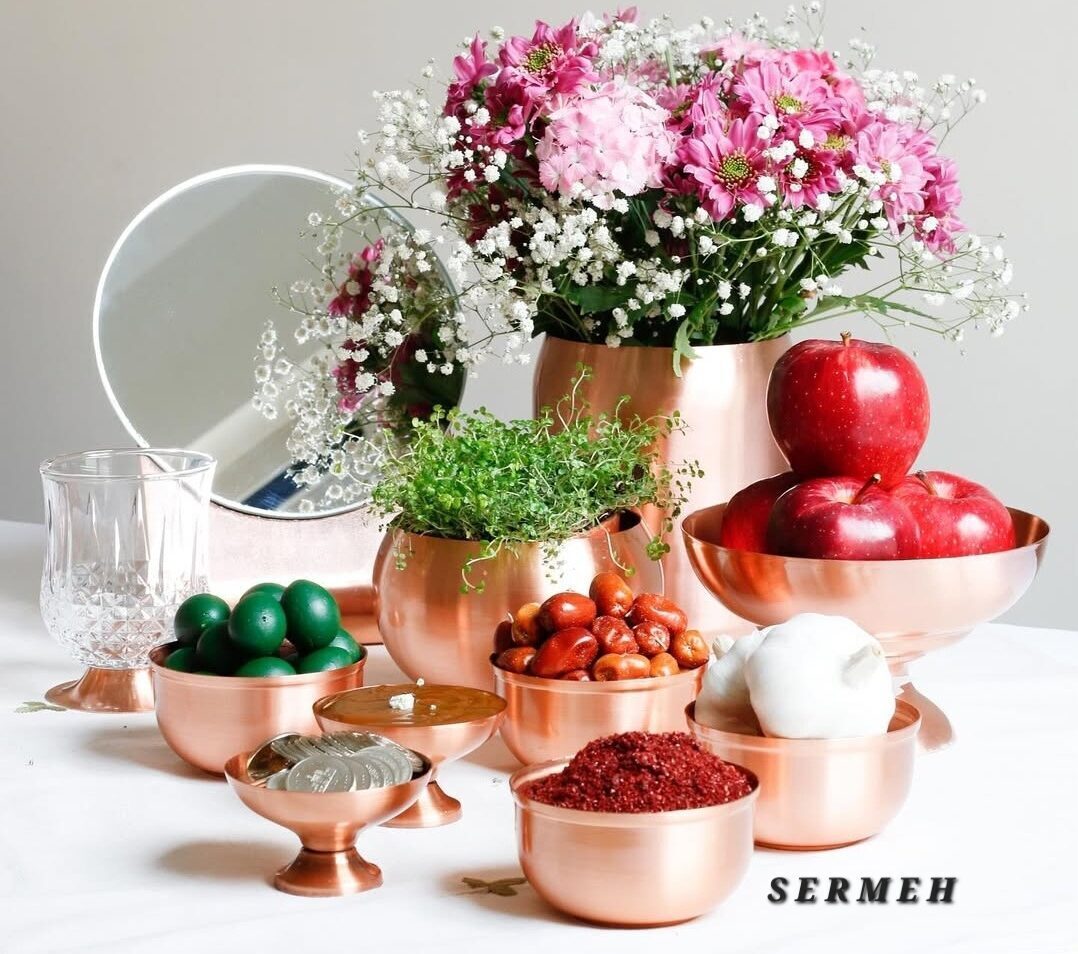
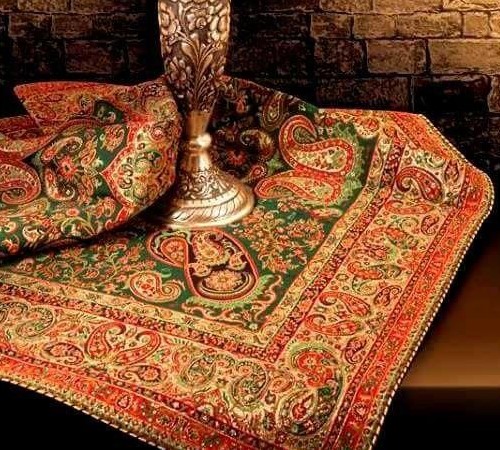
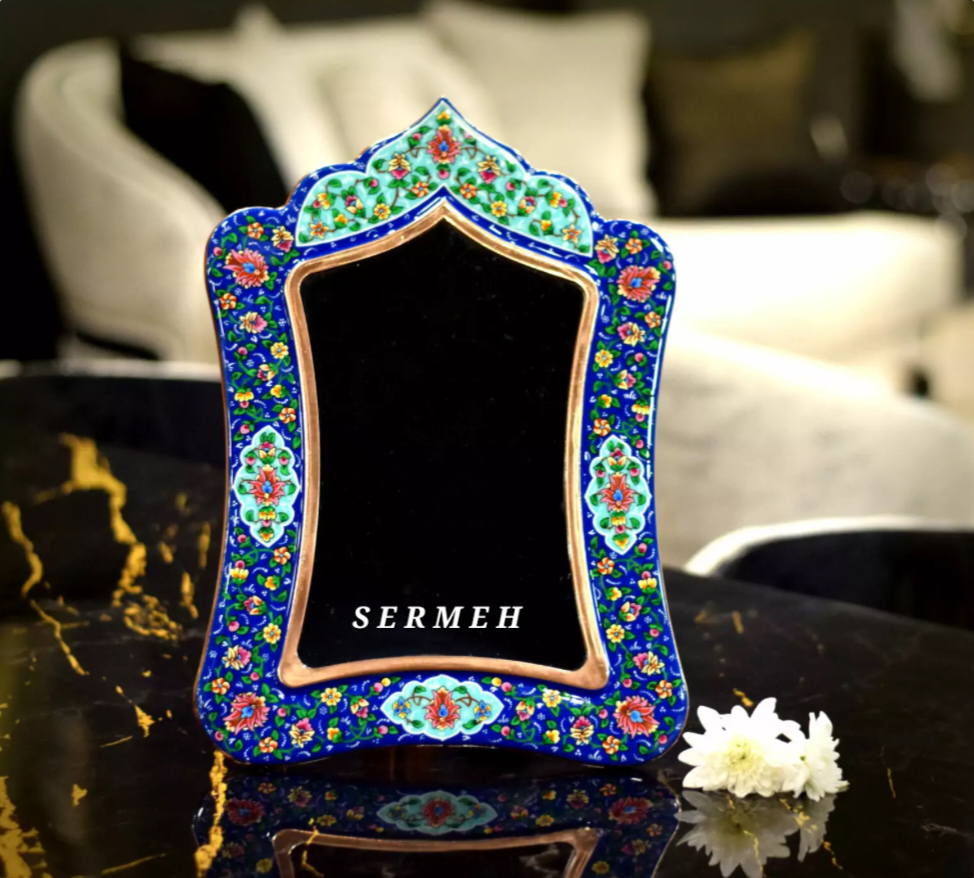

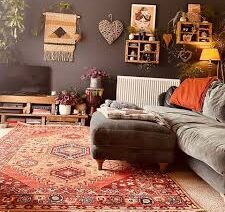
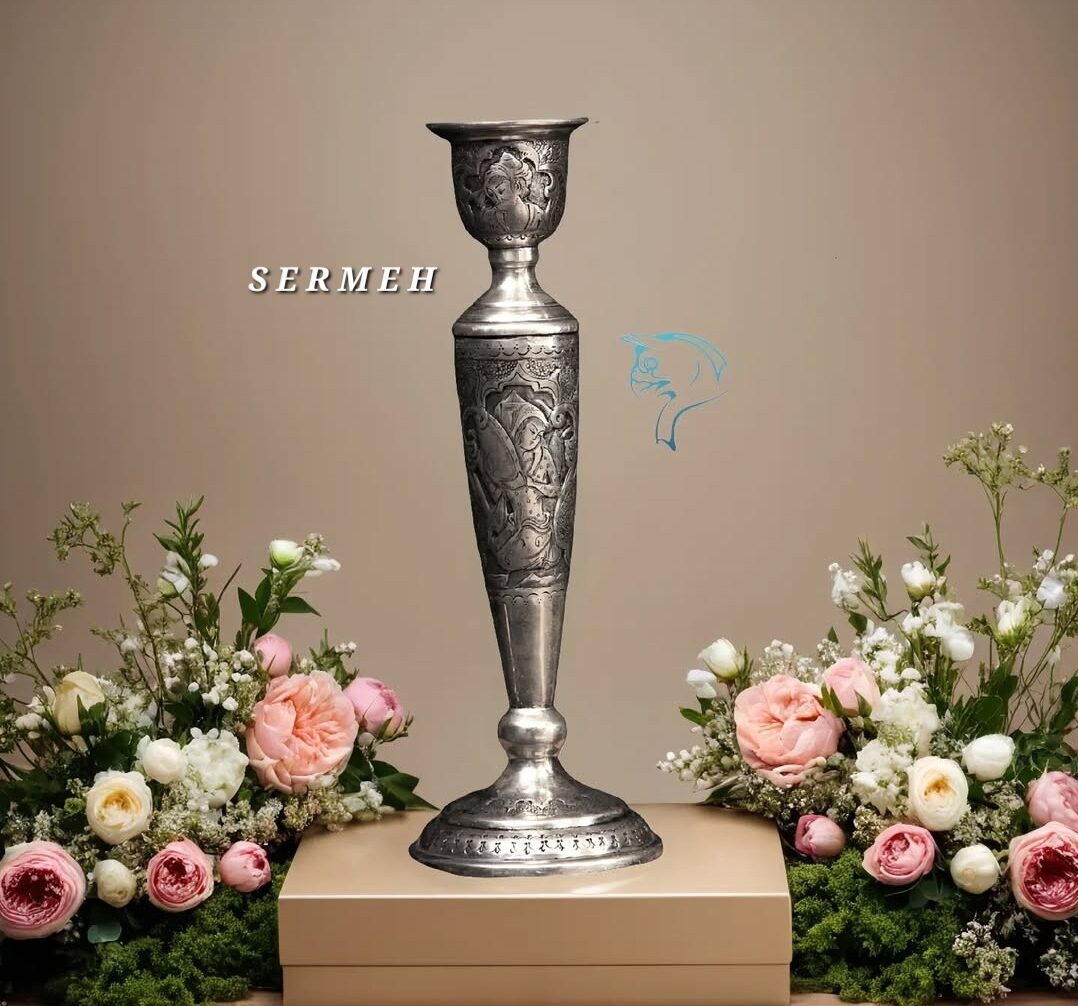
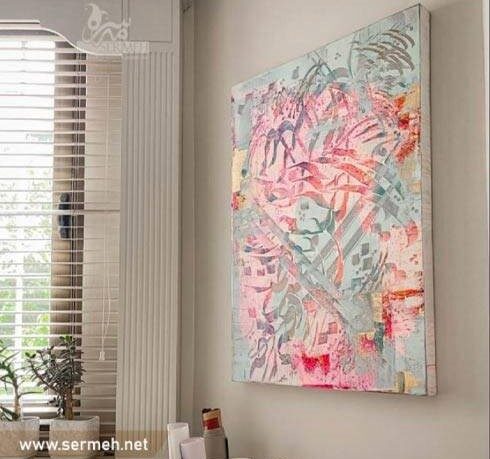
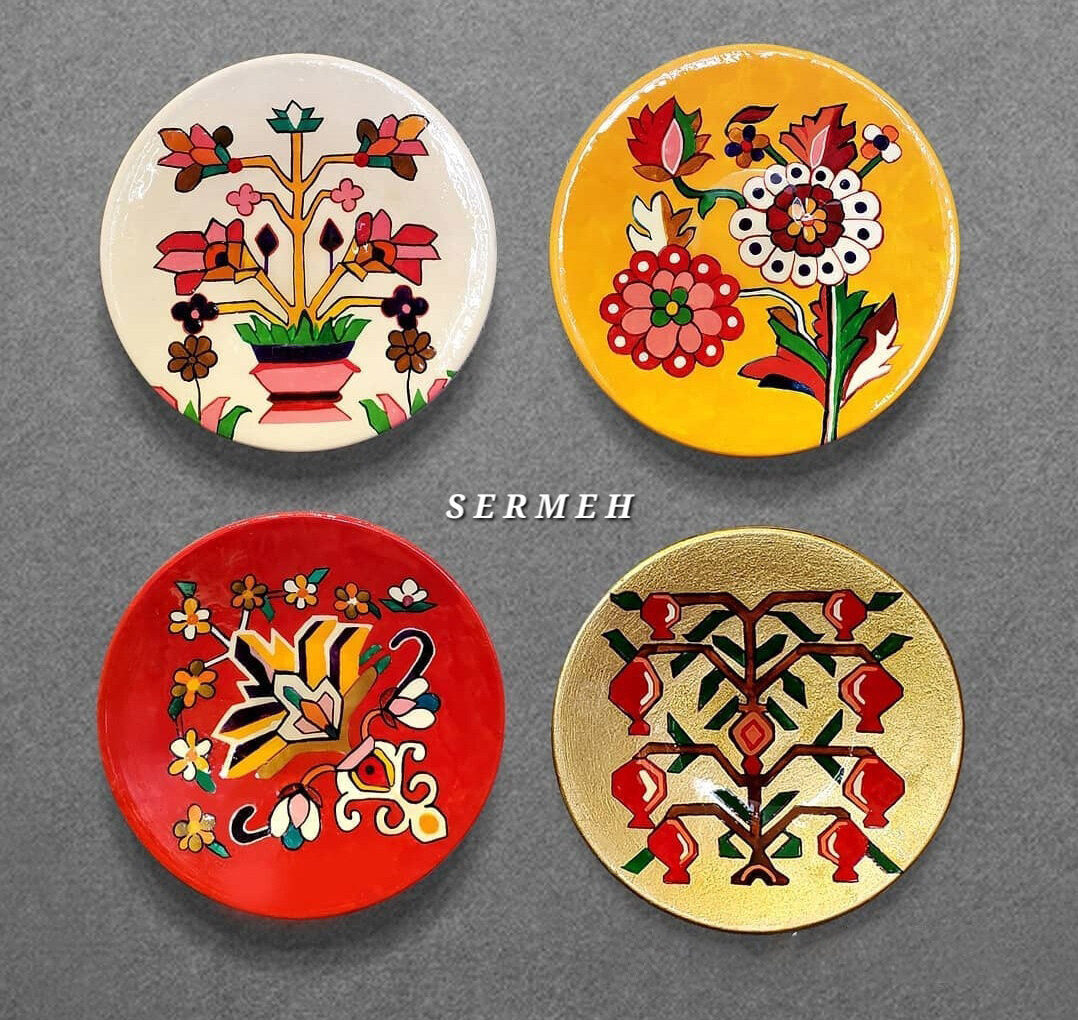
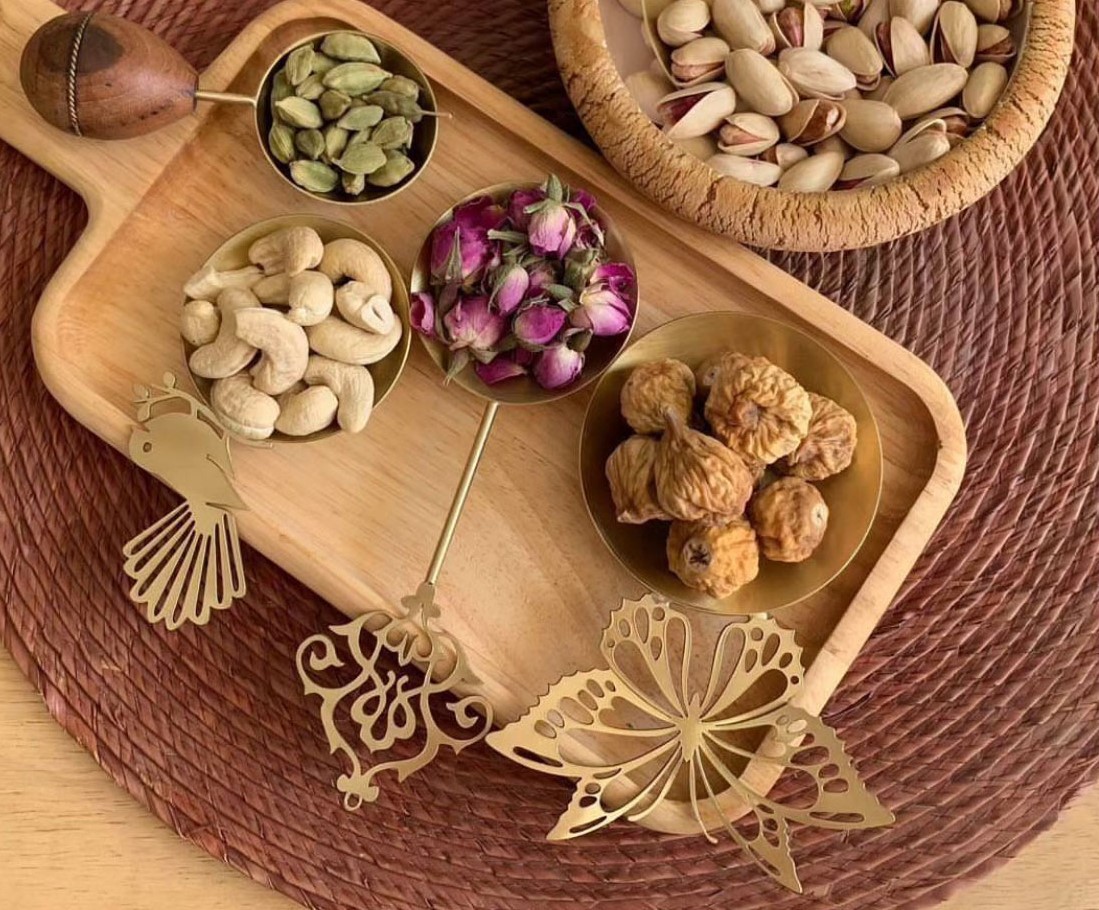
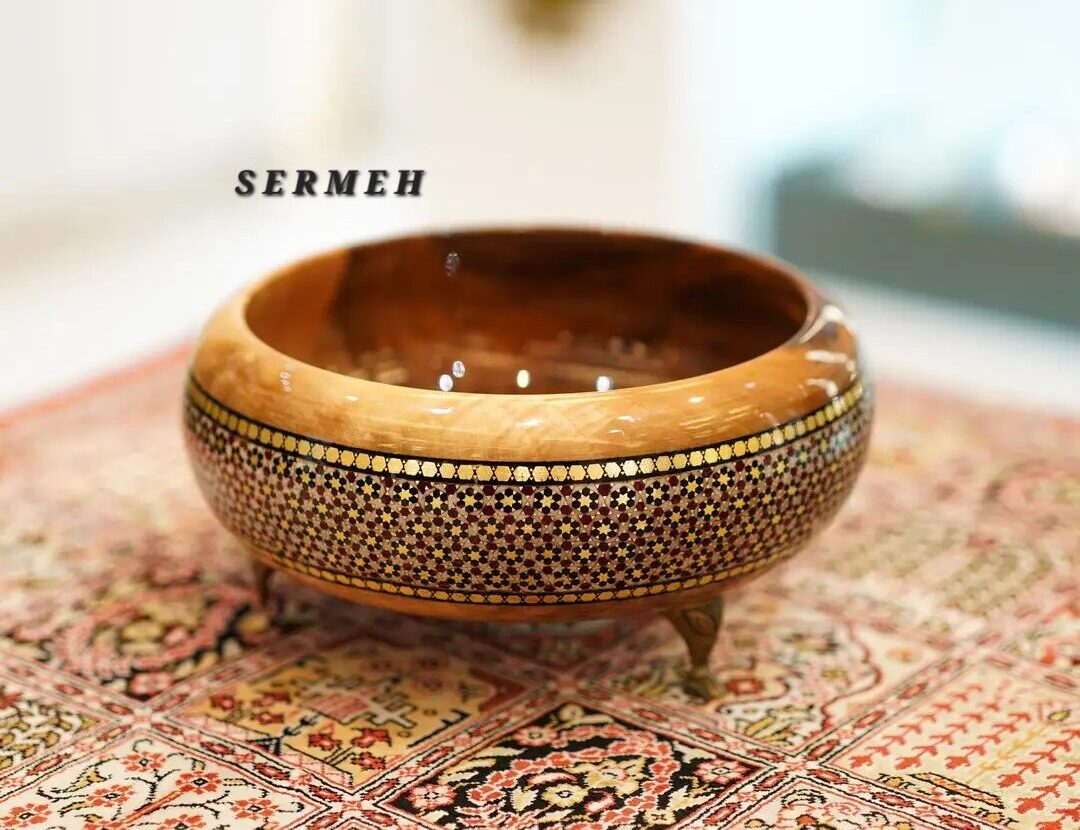
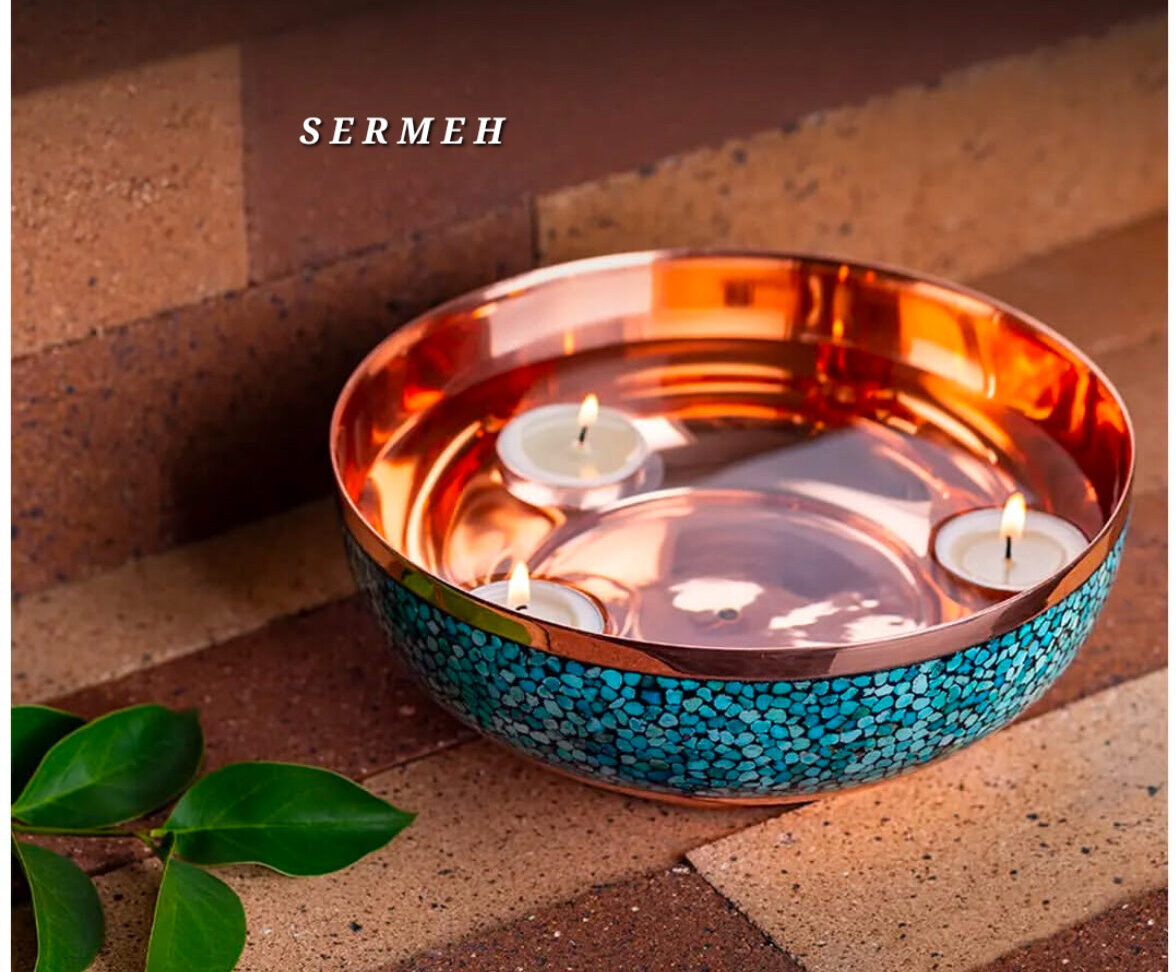
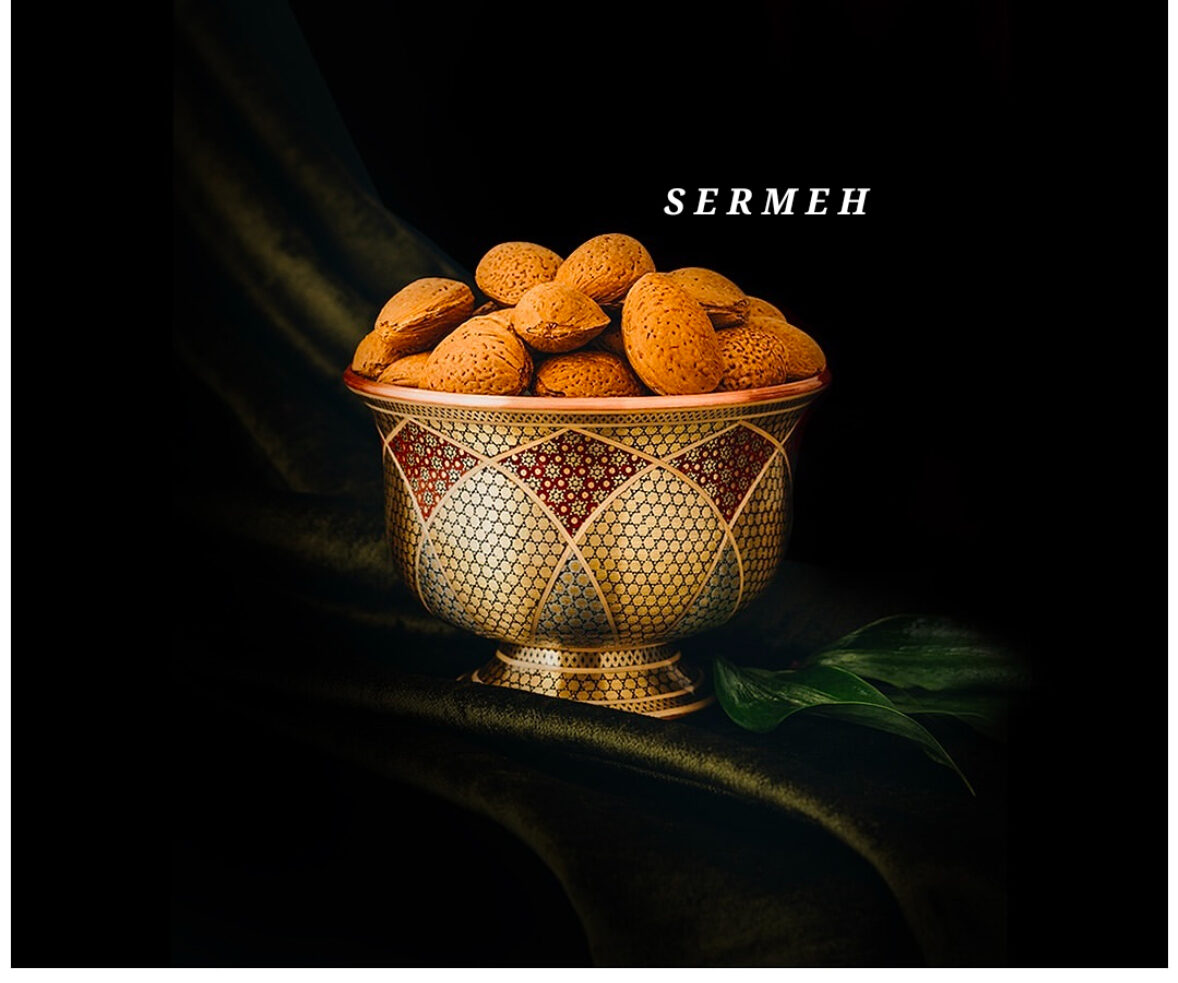
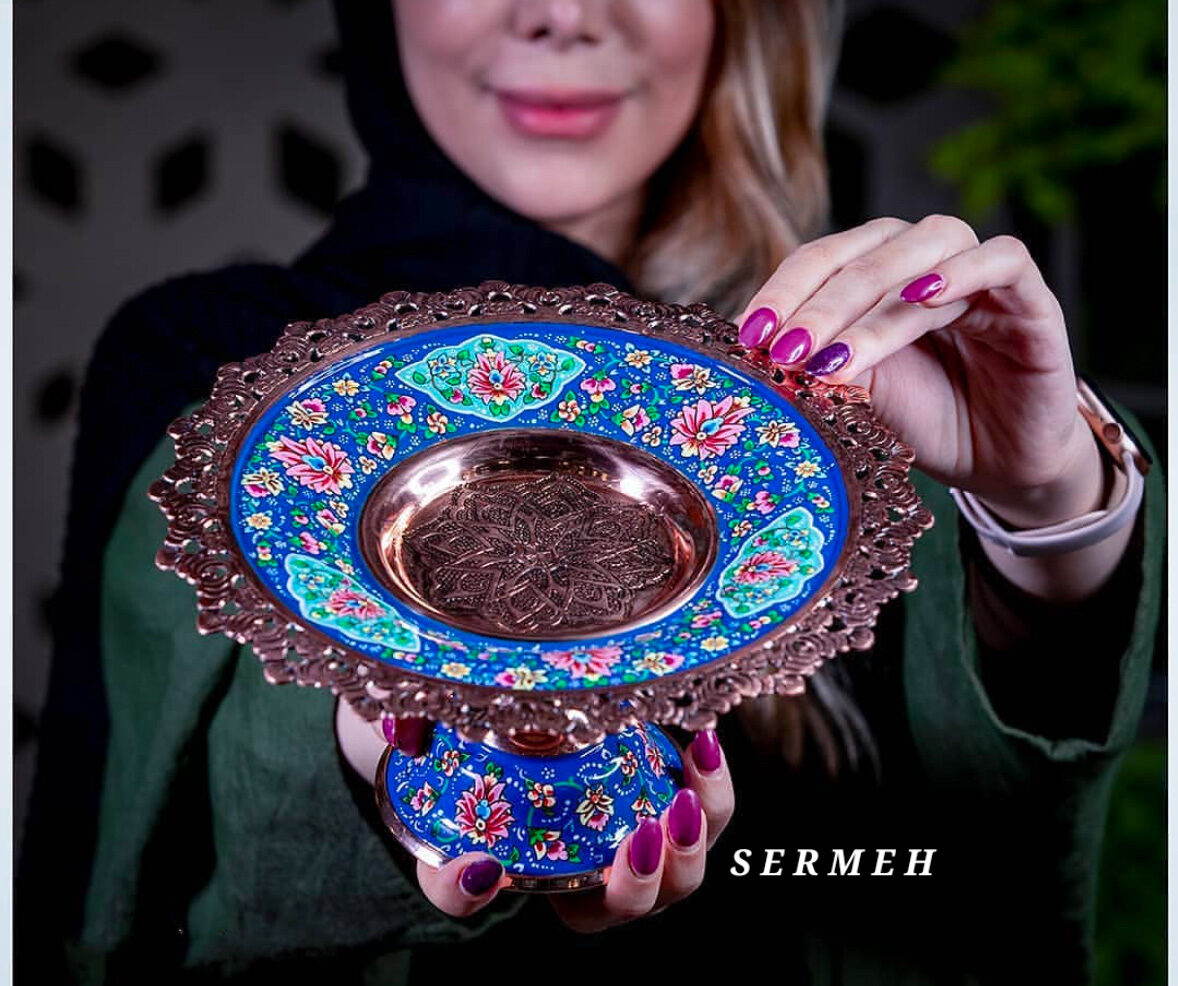
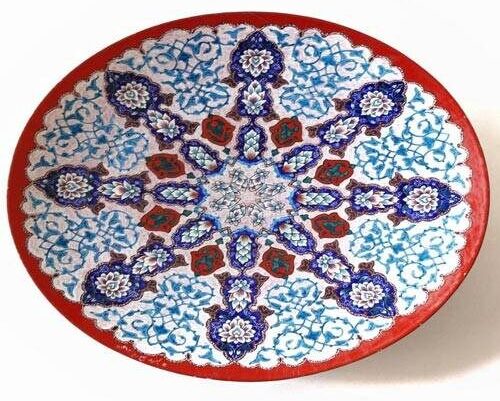
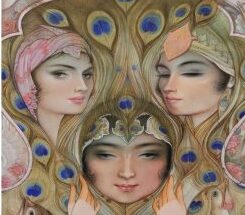
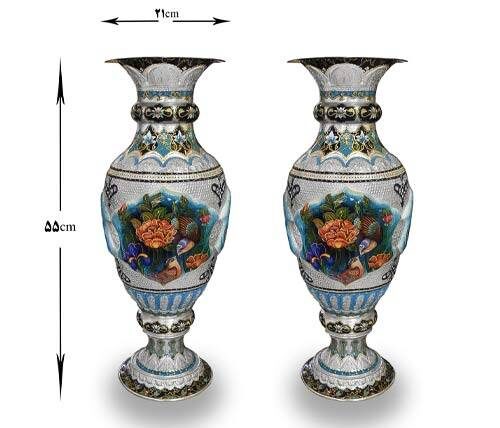
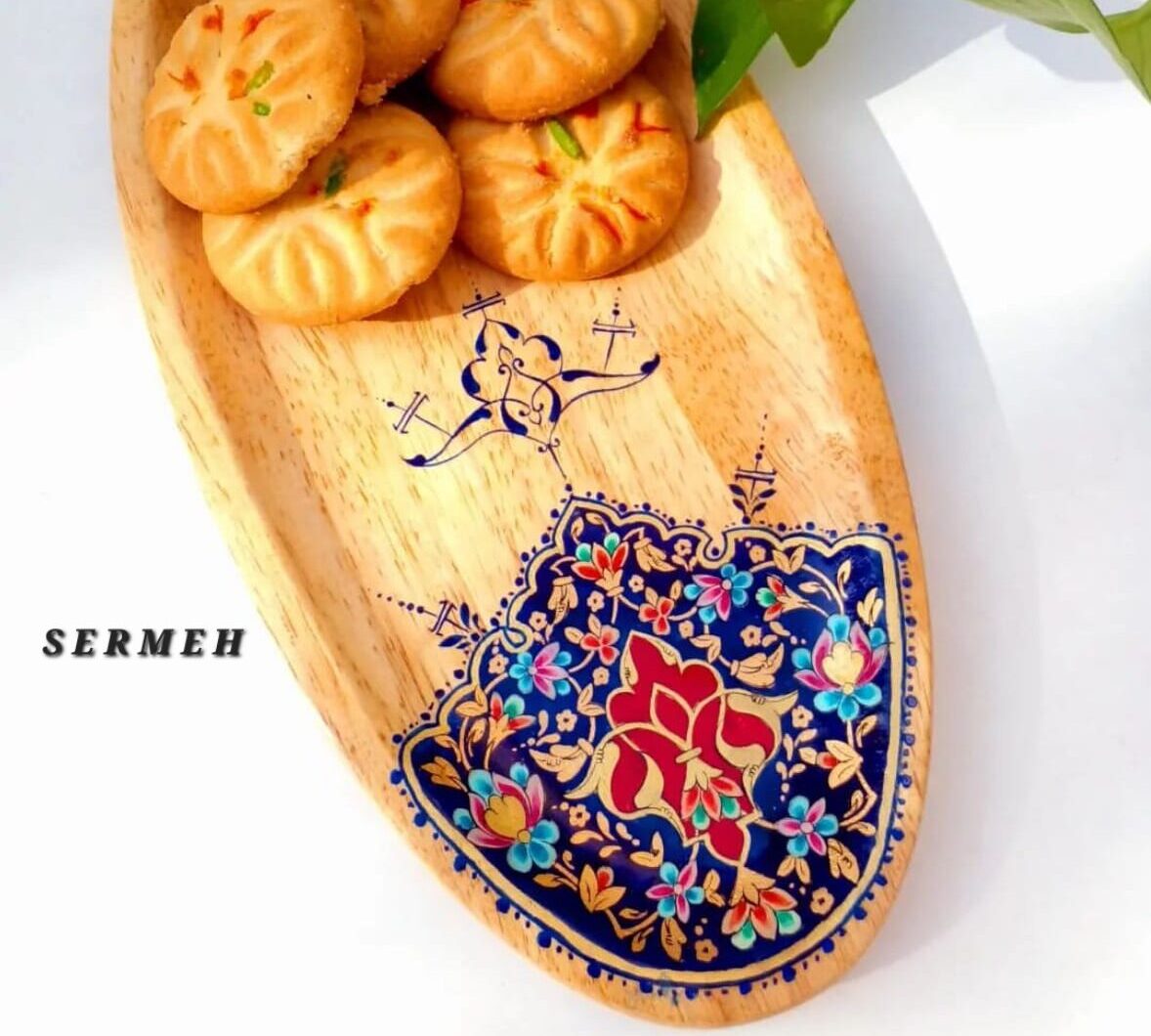
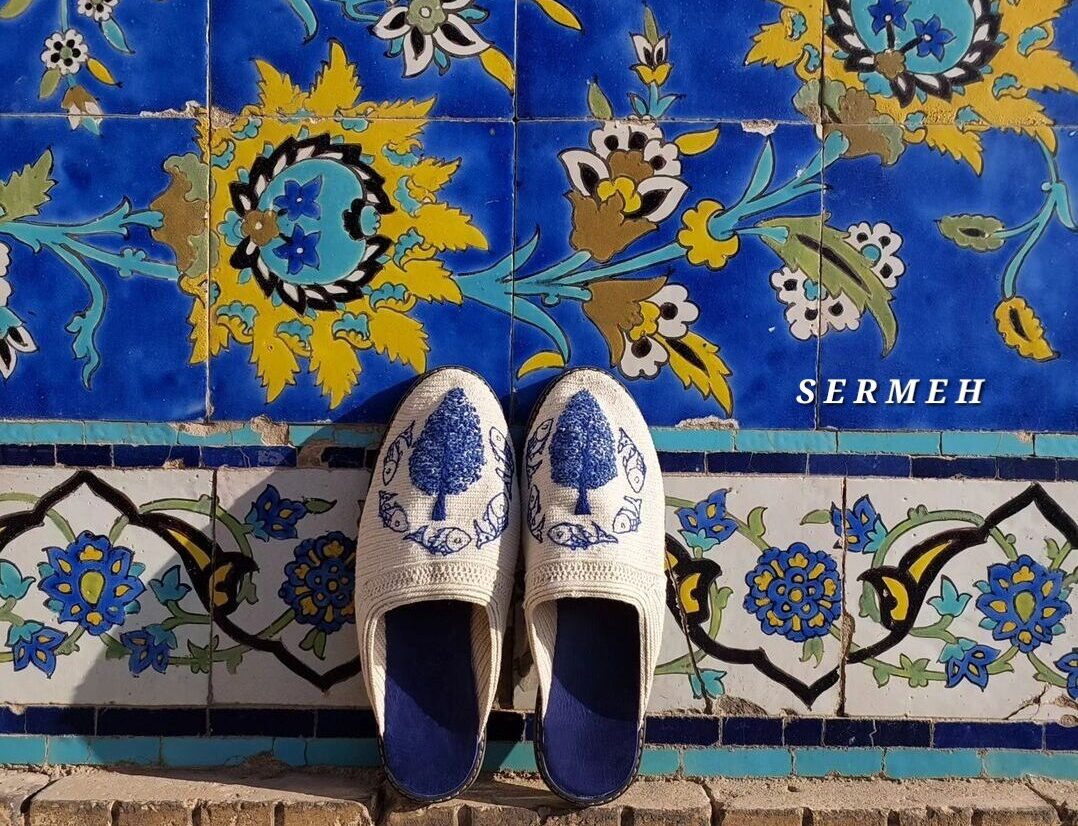
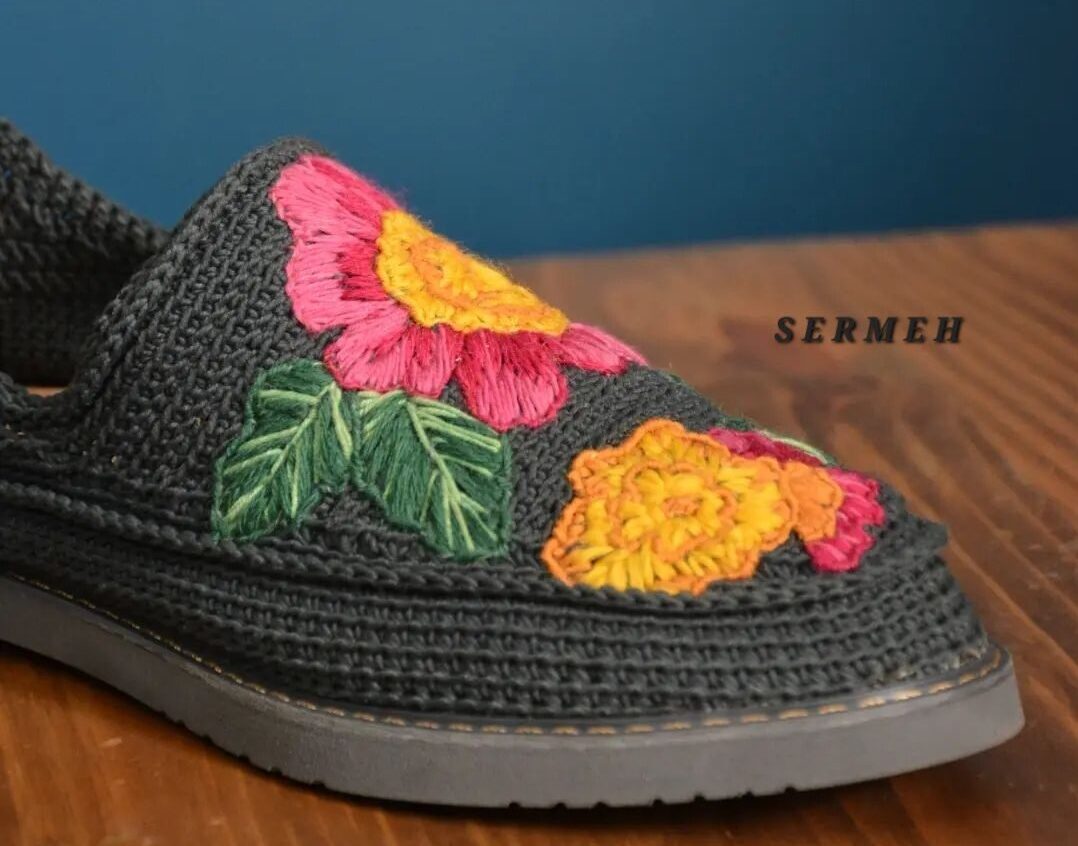
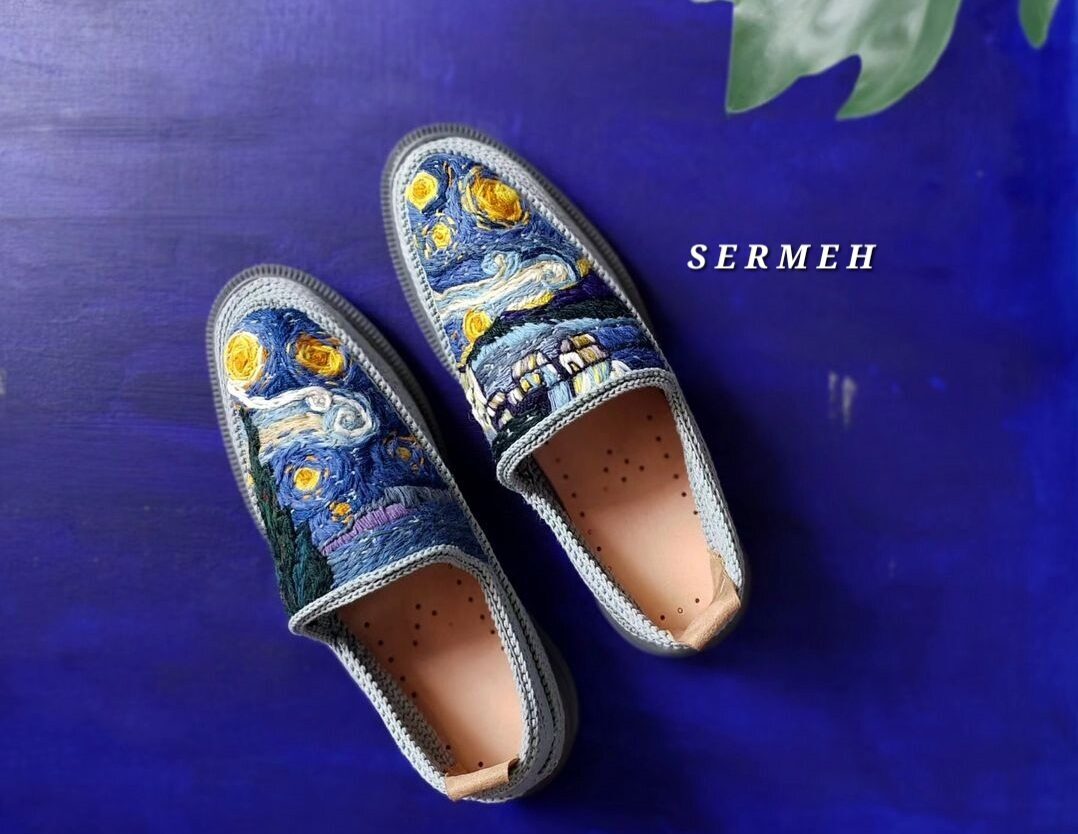

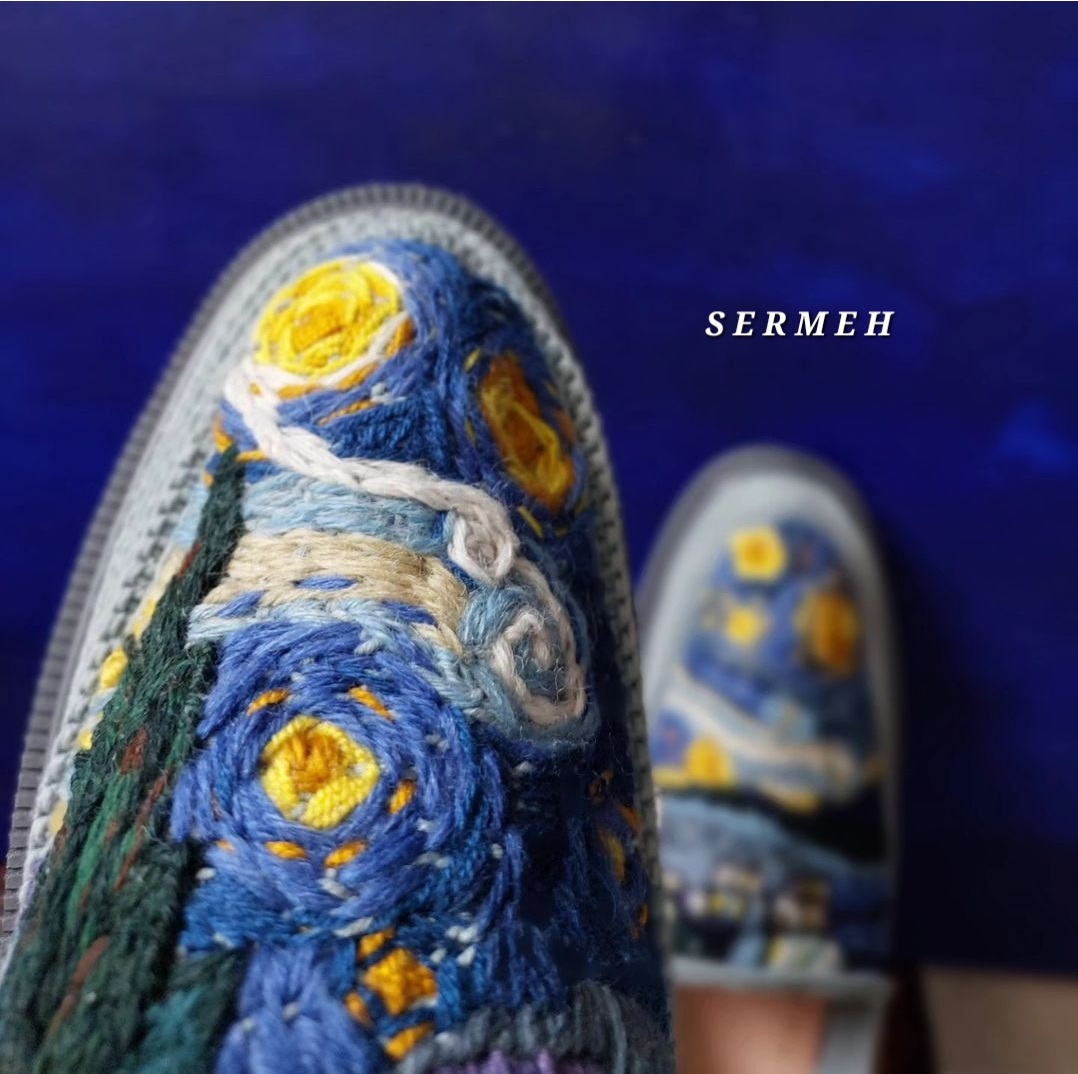
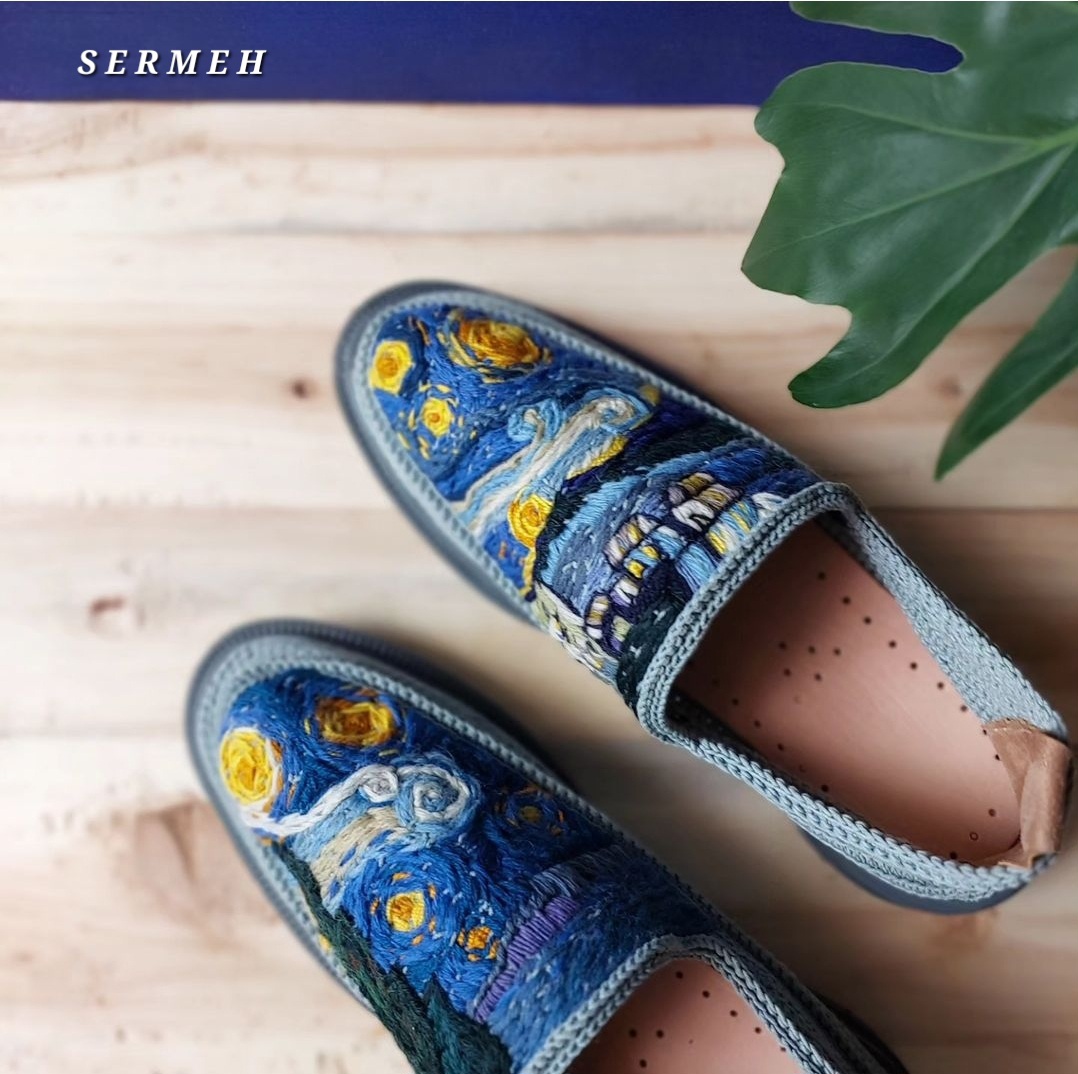
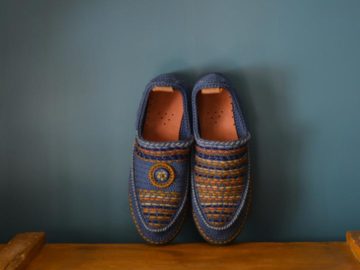
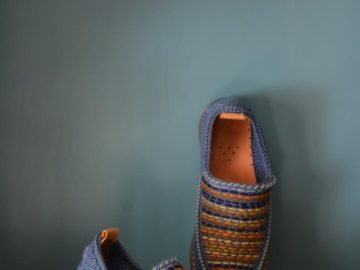
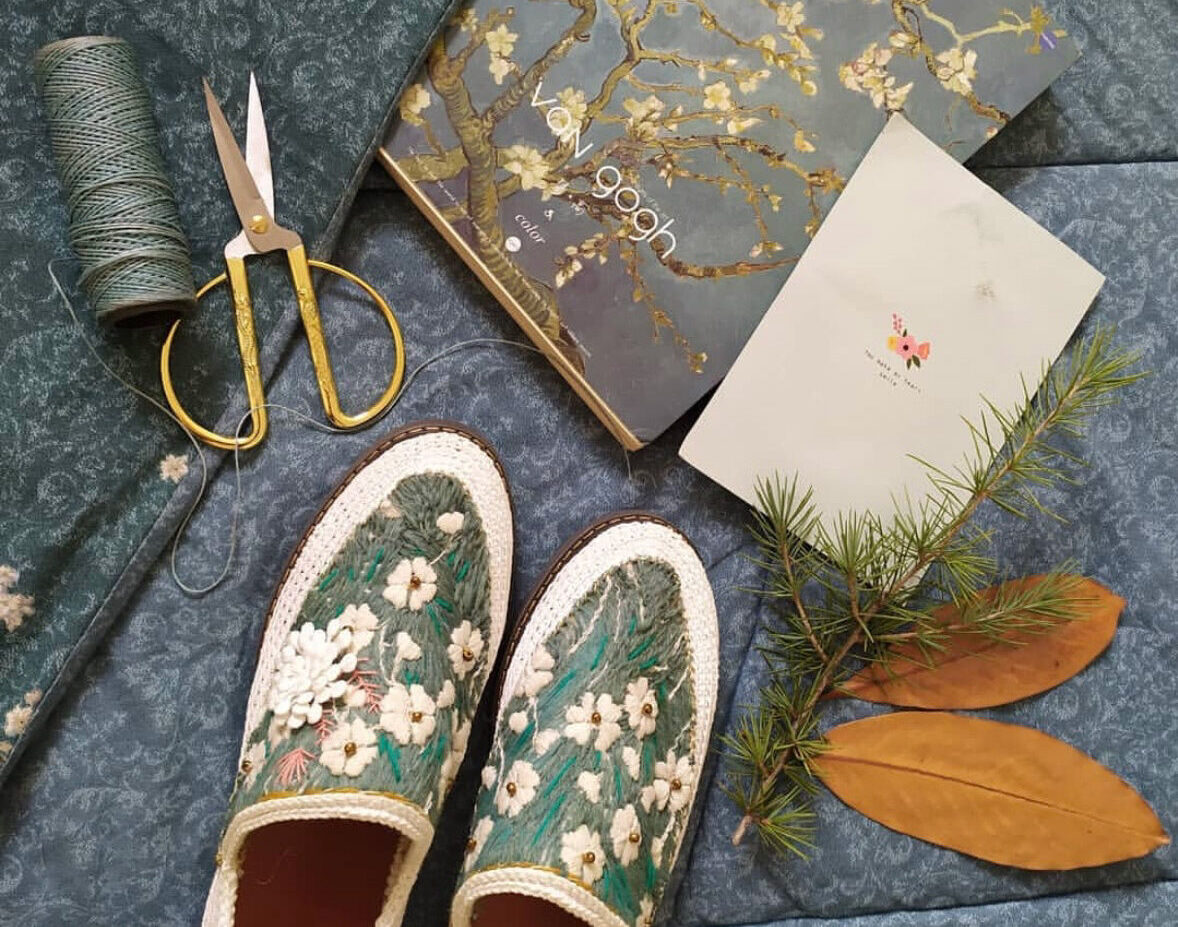
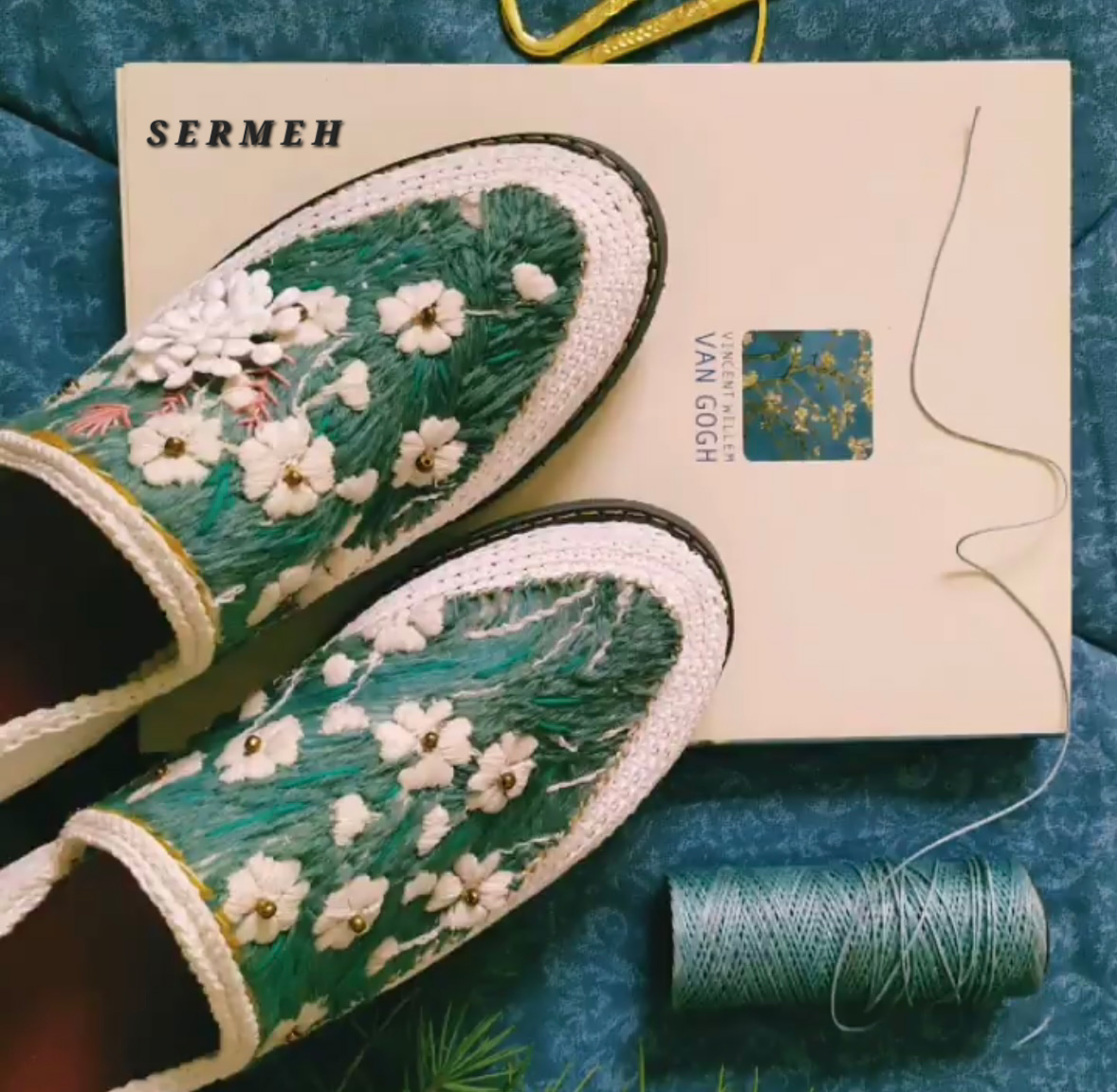
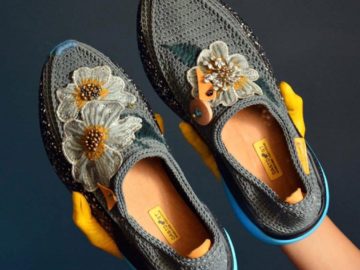
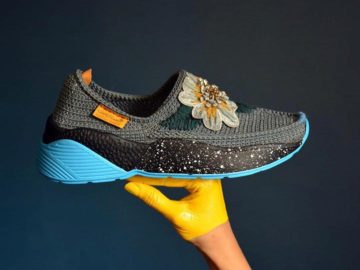
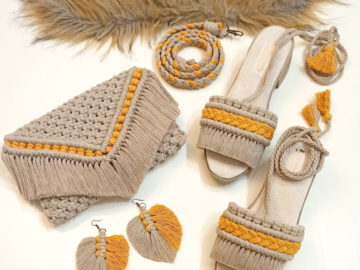
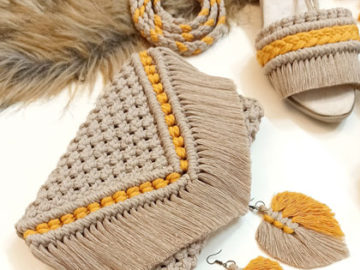
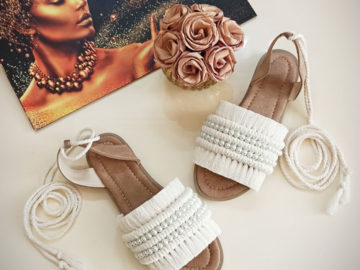
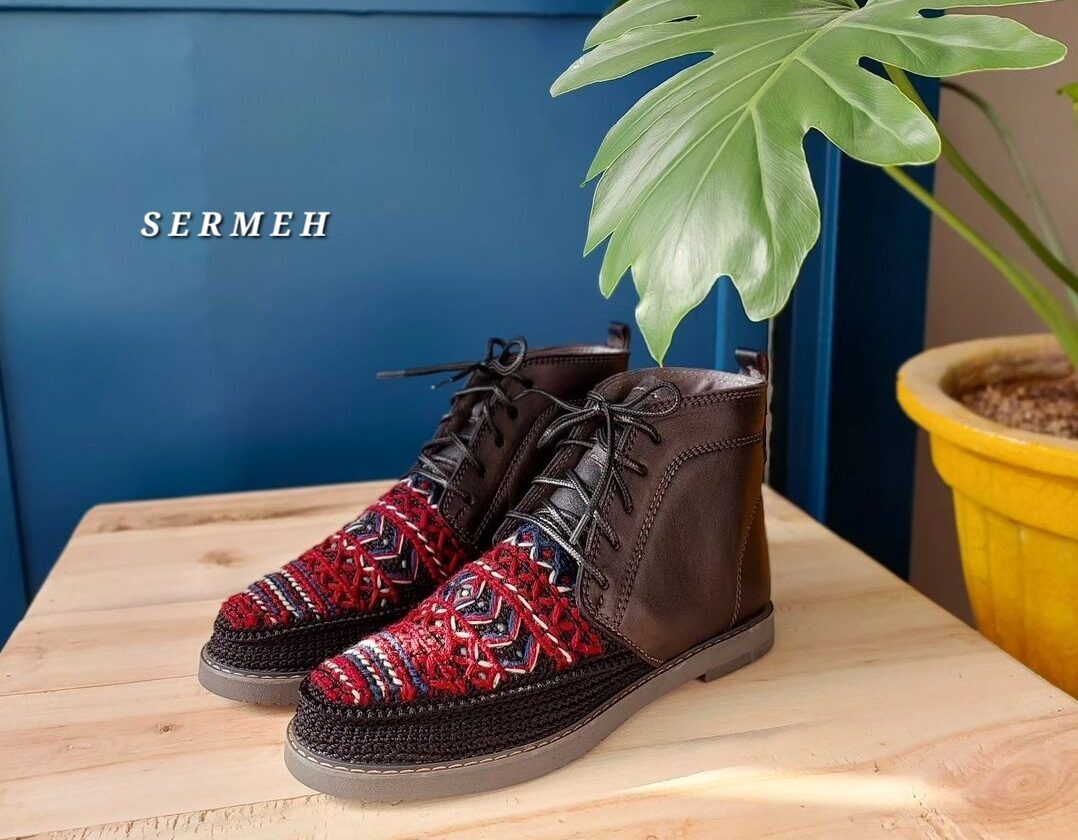
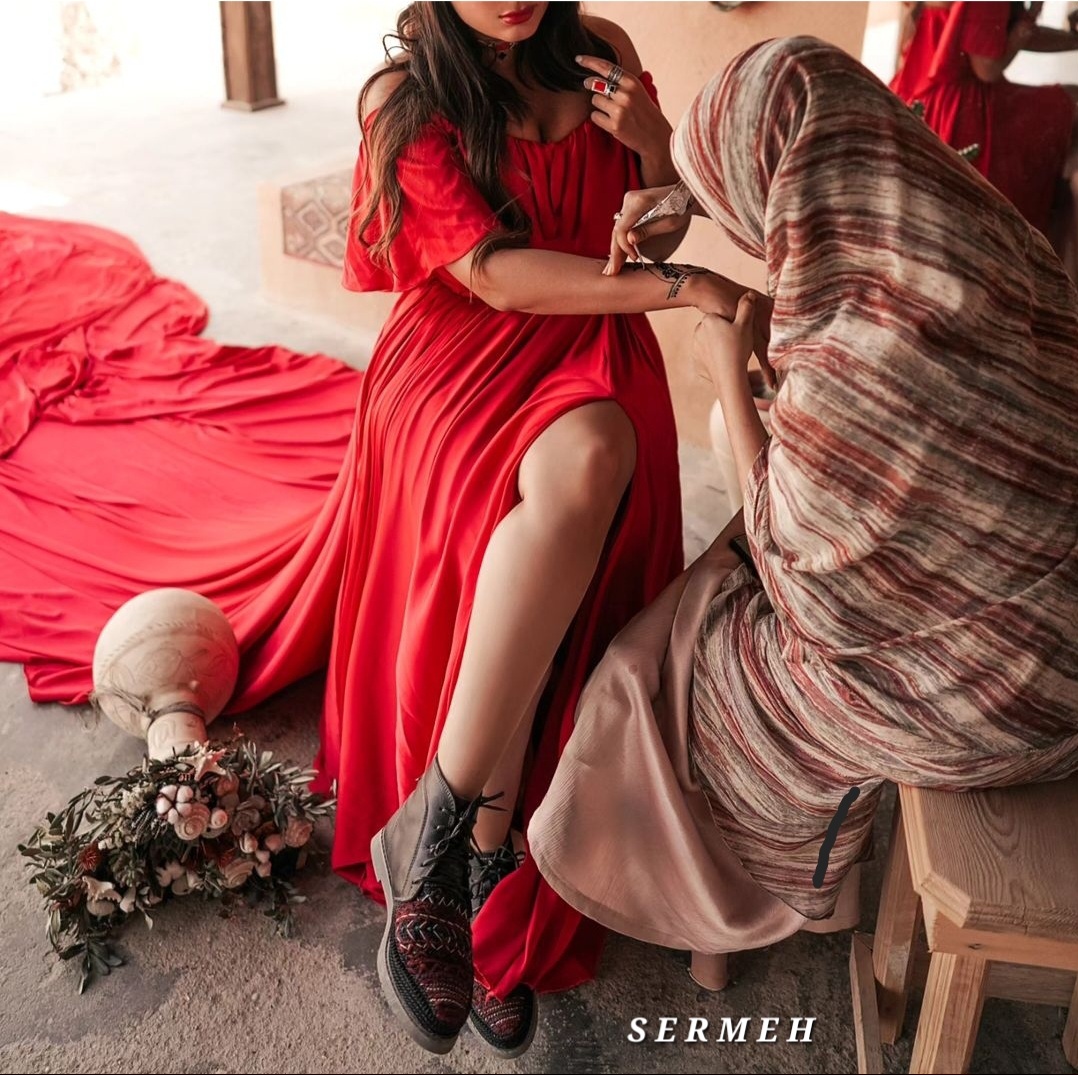

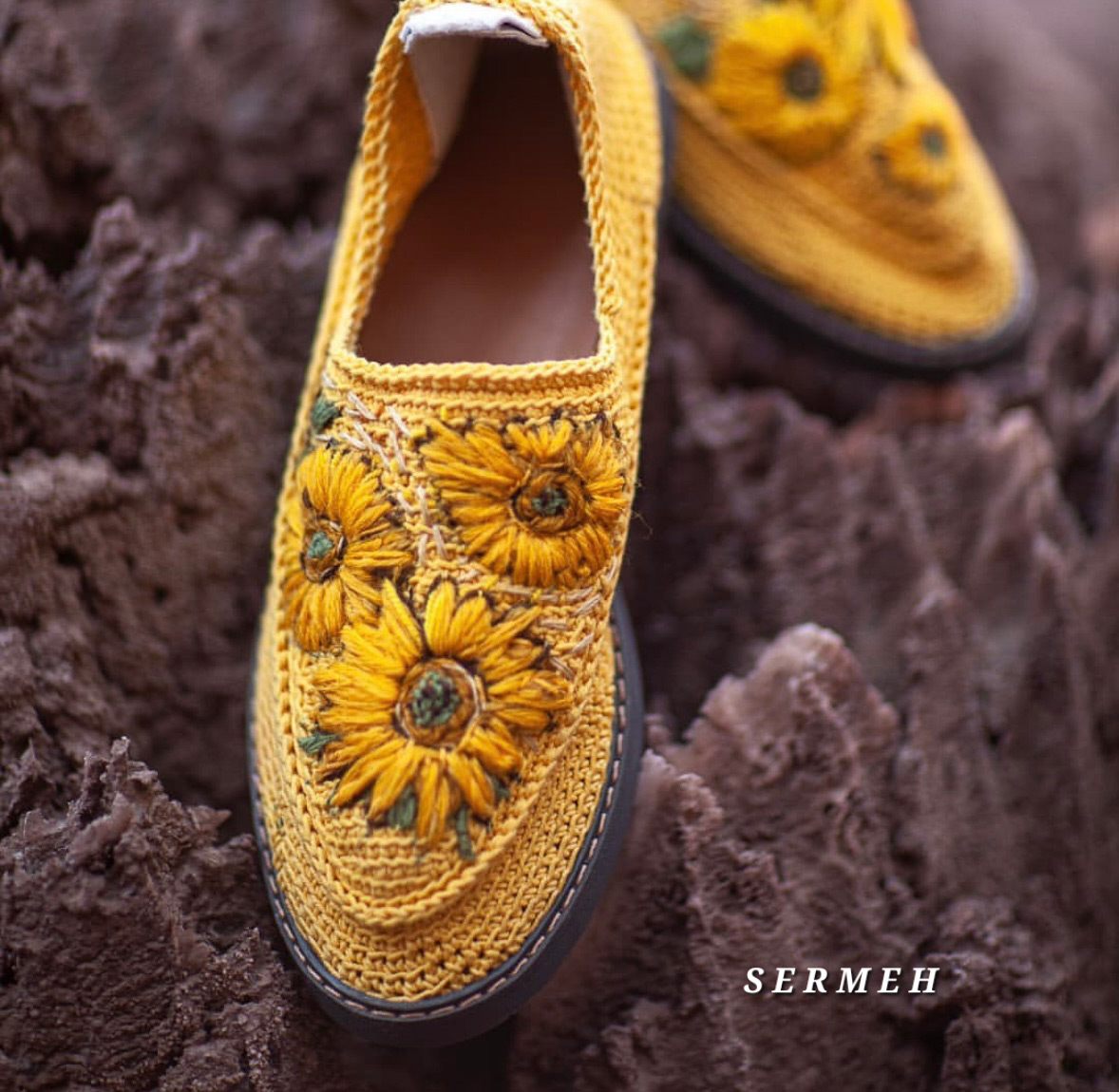
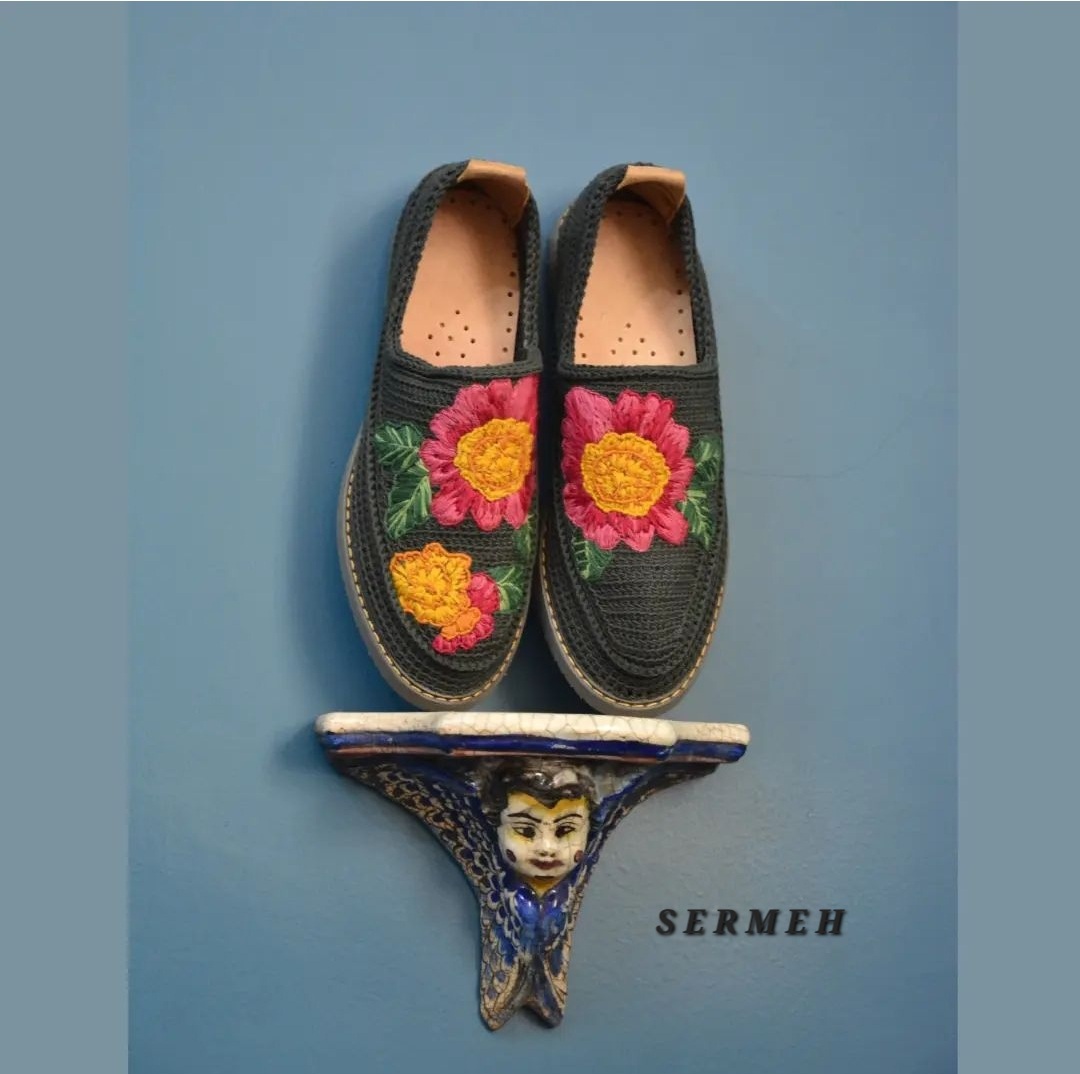
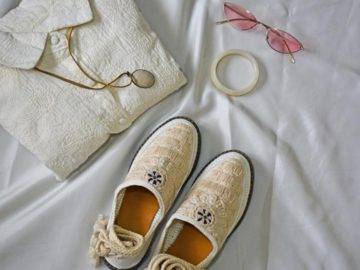
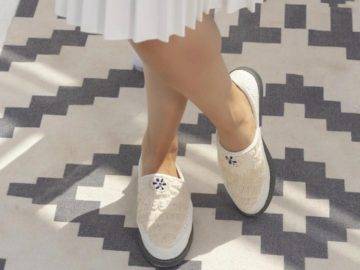
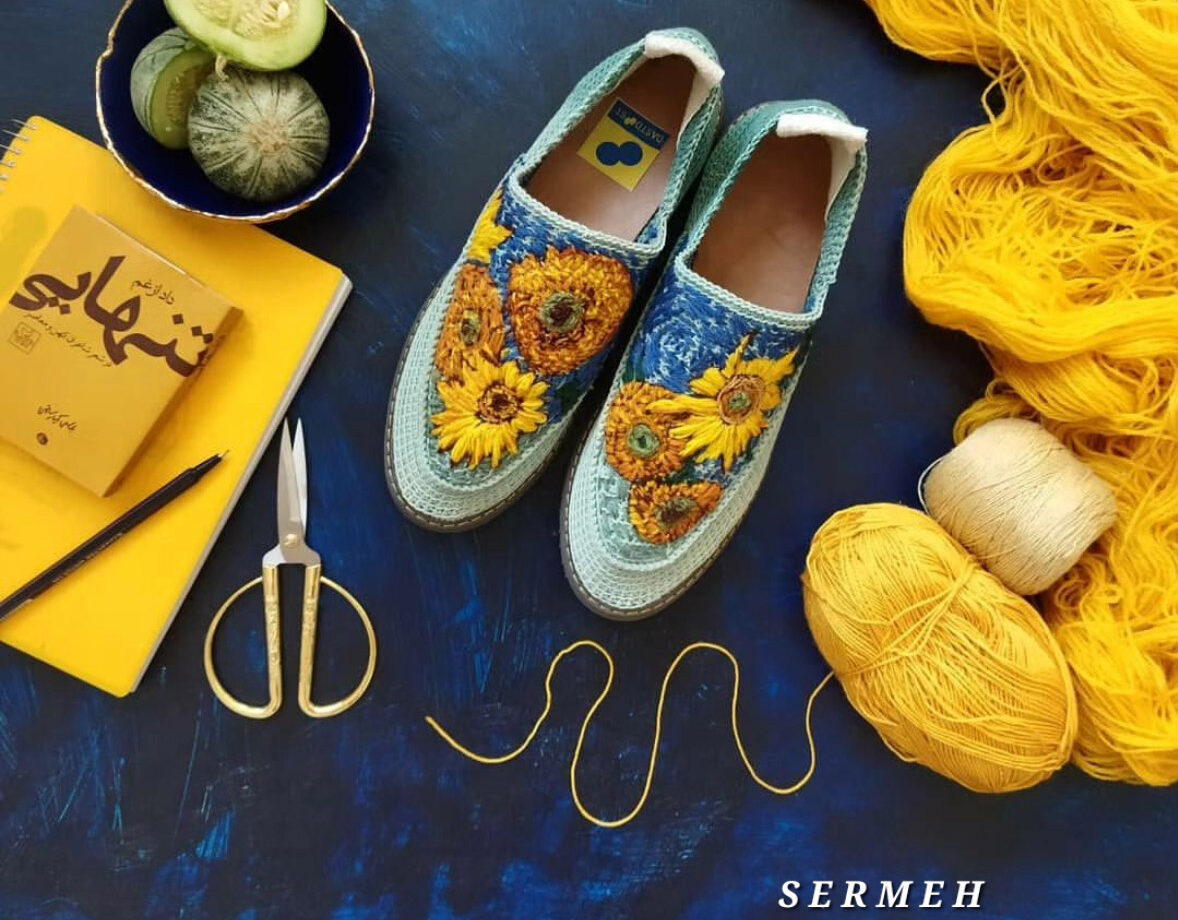
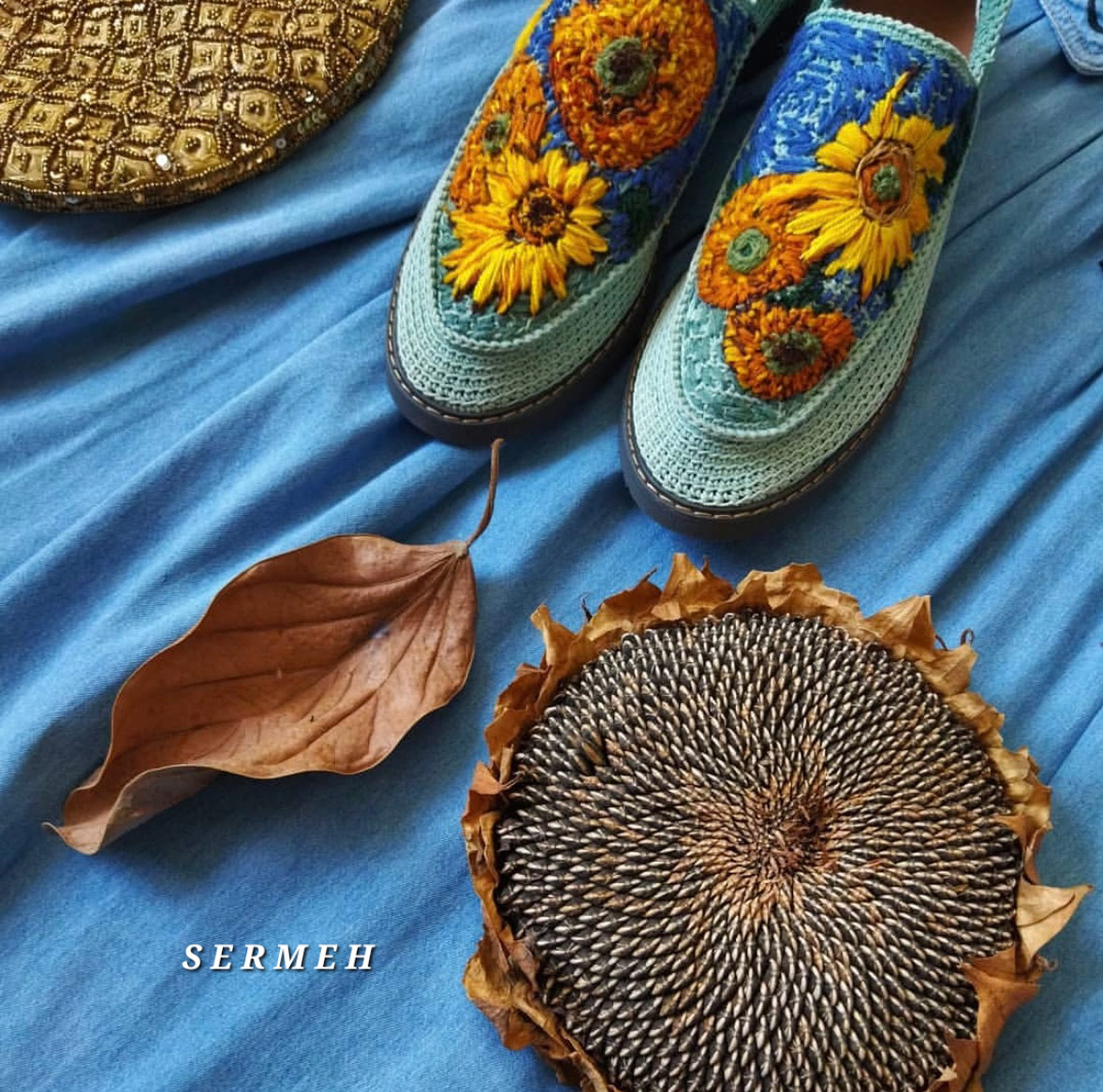
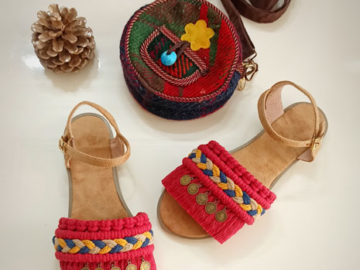
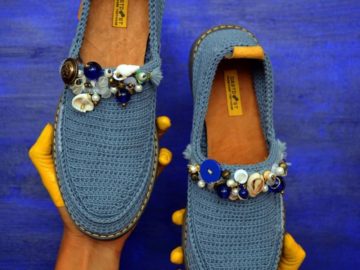
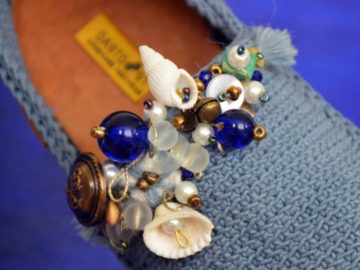
Reviews
There are no reviews yet.